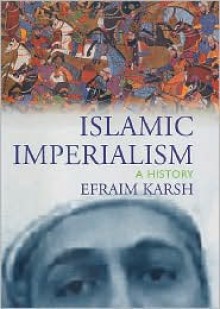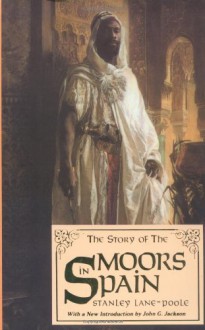
Many Christians have no idea what the religion of Islam actually is and for many who have read the Old Testament, they forget that Islam began among the descendants of Abraham’s other son Ishmael. Dr. Philip Samaan attempts to give Christians, in particular Seventh-day Adventists, a glimpse of actually Islam and Muslims in Abraham’s Other Son: Islam Among Judaism & Christianity.
The first two-thirds of the book Samaan focuses primarily on everything related to Islam beginning with Abraham, Hagar, and Ishmael in the Biblical record before turning his attention to Muhammad as well as the rise and spread of Islam. After the historical portion, Samaan then looks at the faith of Islam itself and its similarities and contrasts to Judaism and Christianity. Then after covering Jesus in Islam, the book turns to focus on Christ for nearly the last third of the book until the last chapter covers how Christians—Seventh-day Adventists—can witness to both Muslims and Jews.
Born in Syria into an Orthodox Christian family, Samaan not only grew up amongst all three faiths but has studied them diligently bring extensive knowledge to this book. However, while Samaan is particular knowledgeable on the subject went to write, it felt that he wrote parts of at least three different books in this roughly 280 page book. Not that the material cover wasn’t insightful, but when the book ignored Islam for long stretches which felt weird given that it was to be the main topic. While the book structure was a little surprising, the biggest drawback is the editing of the text which could have been tightened up in several spots and in some places were determinately to the understanding of what Samaan was discussing.
Abraham’s Other Son is an informative book on the history of Ishmael and his descendants in Muslims around the world. While Philip Samaan’s book is not perfect, it is able to give Christians—not only Seventh-day Adventists—a true glimpse at what Islam really is and its relationship to Judaism and Christianity.

 Log in with Facebook
Log in with Facebook 









